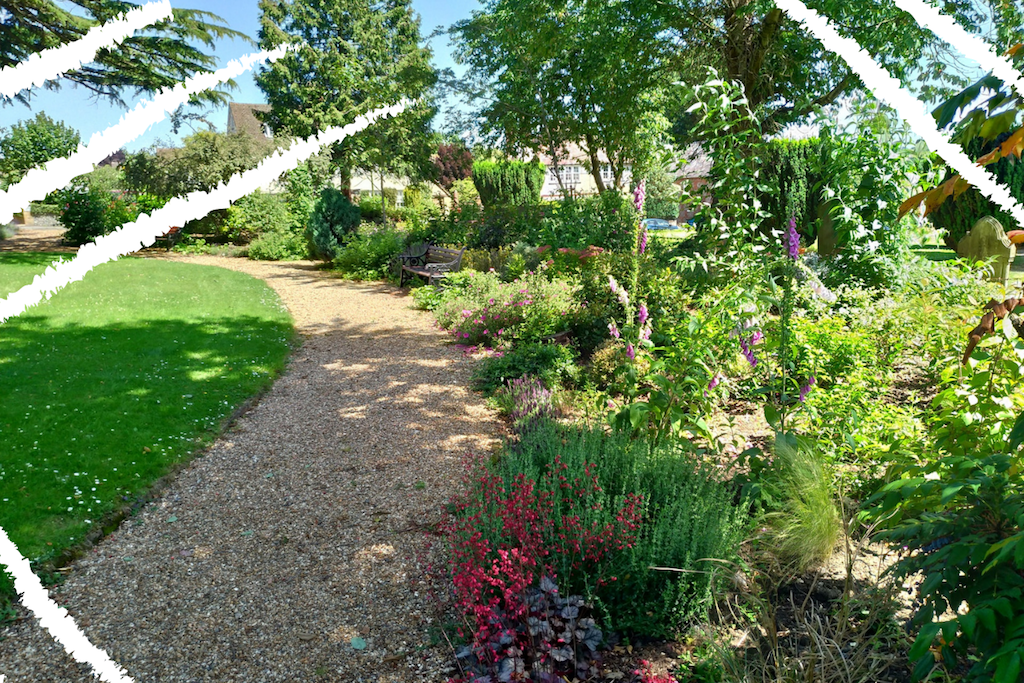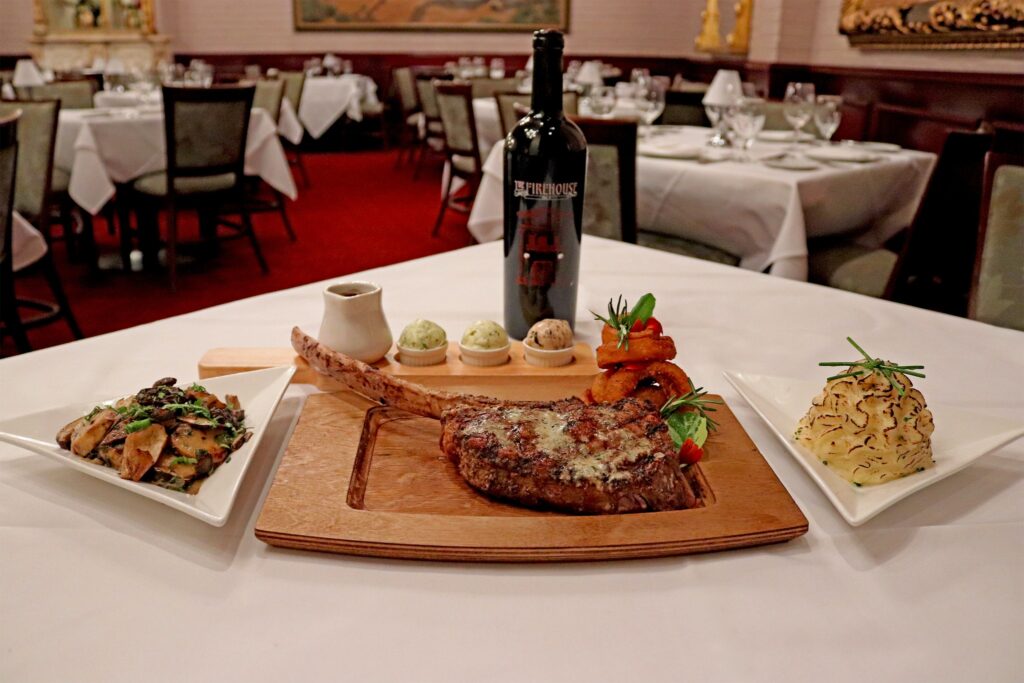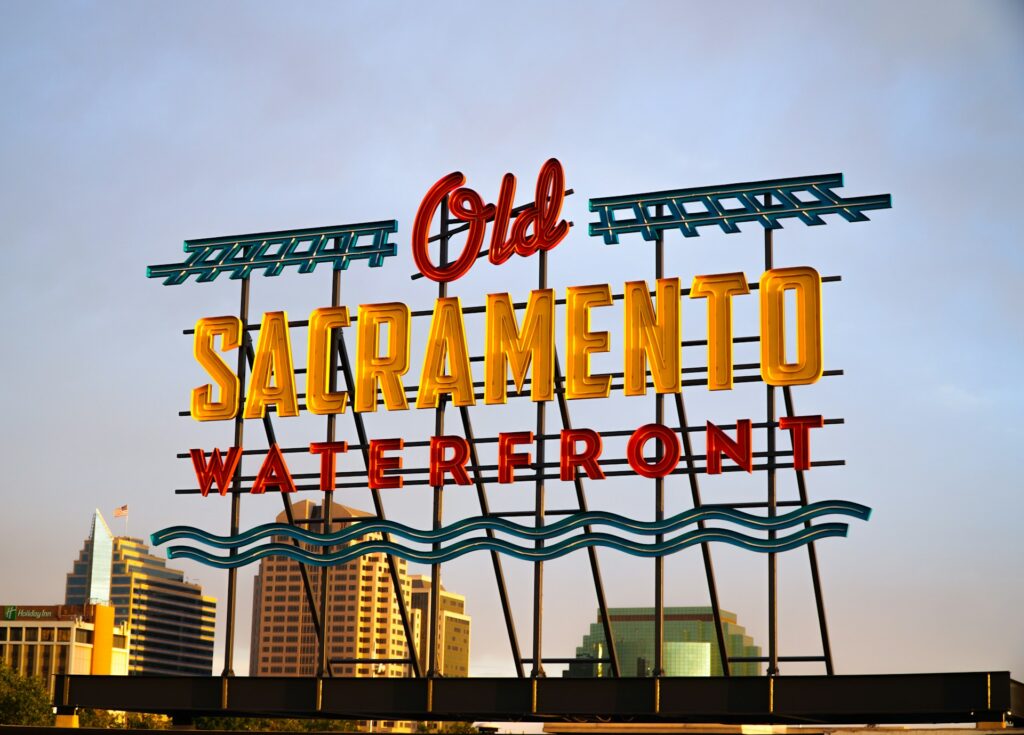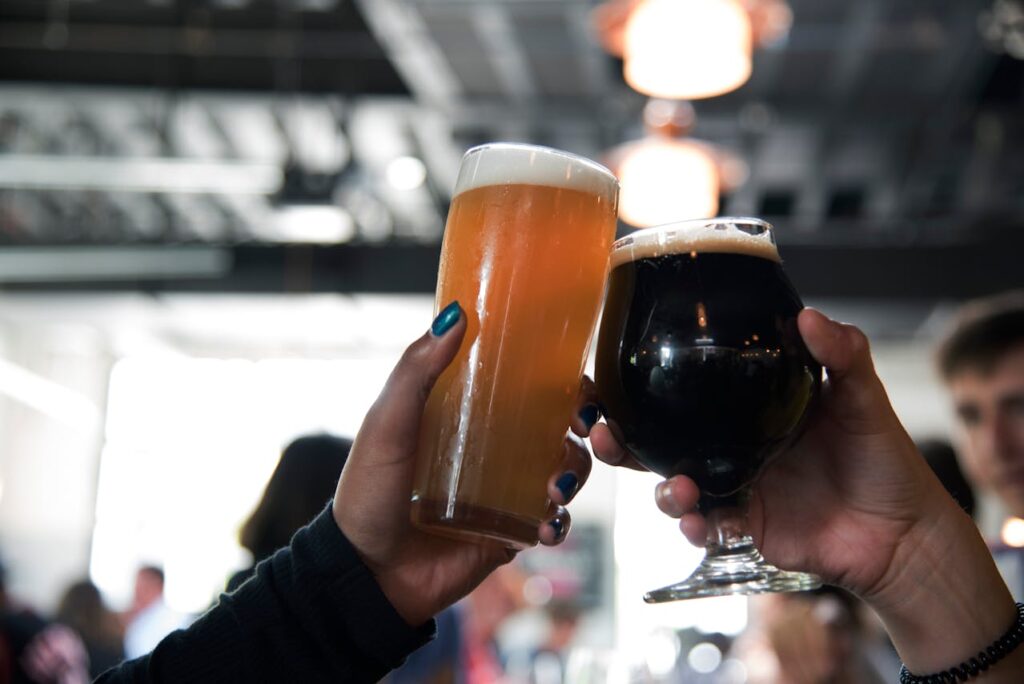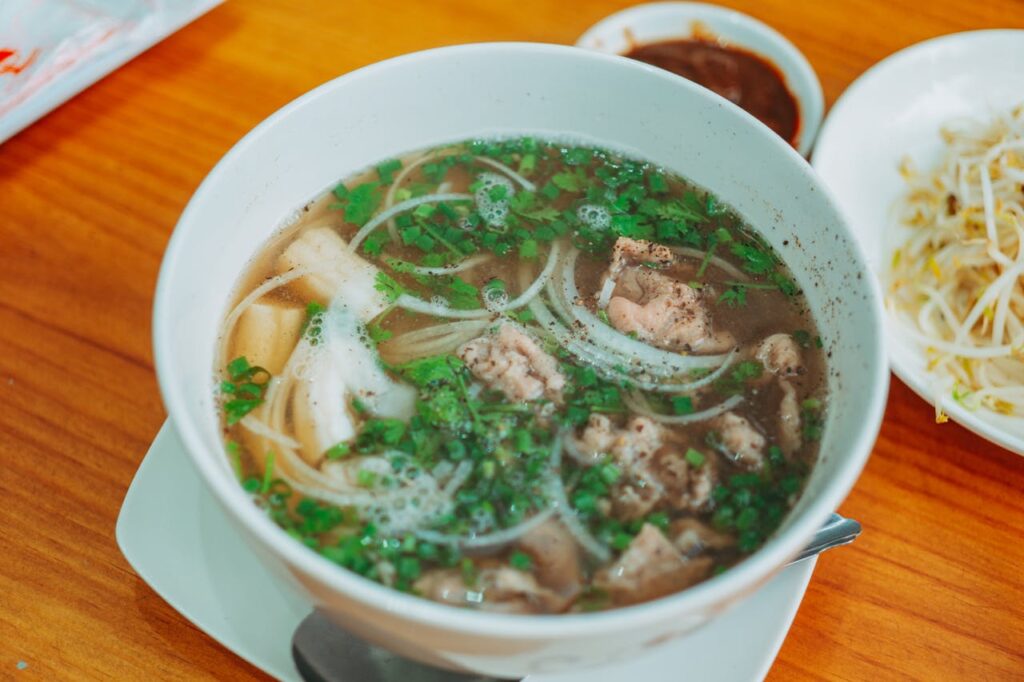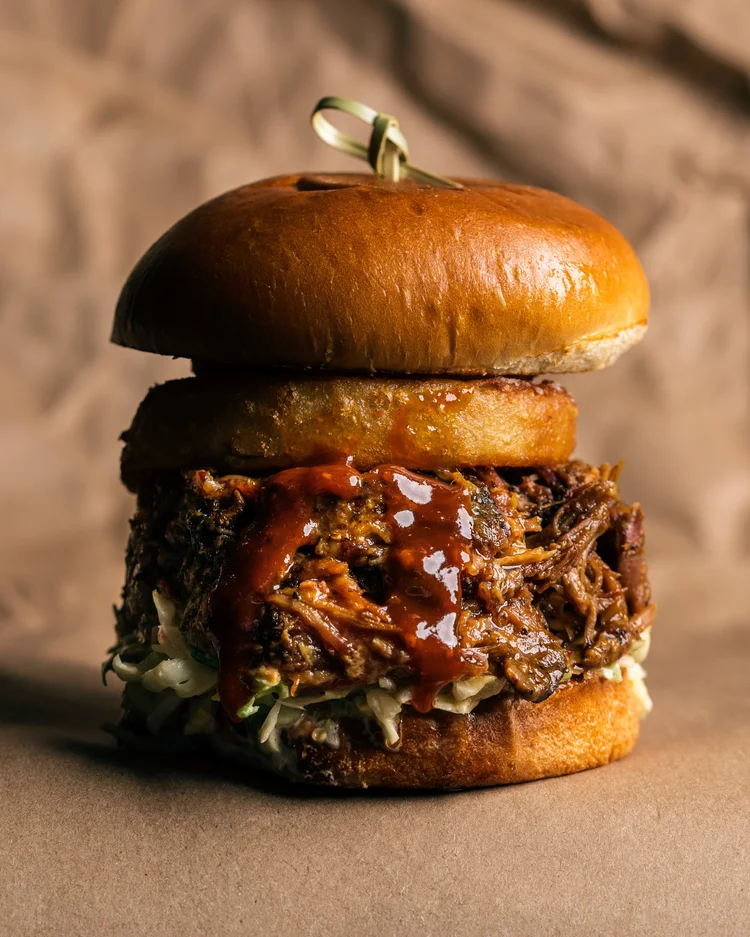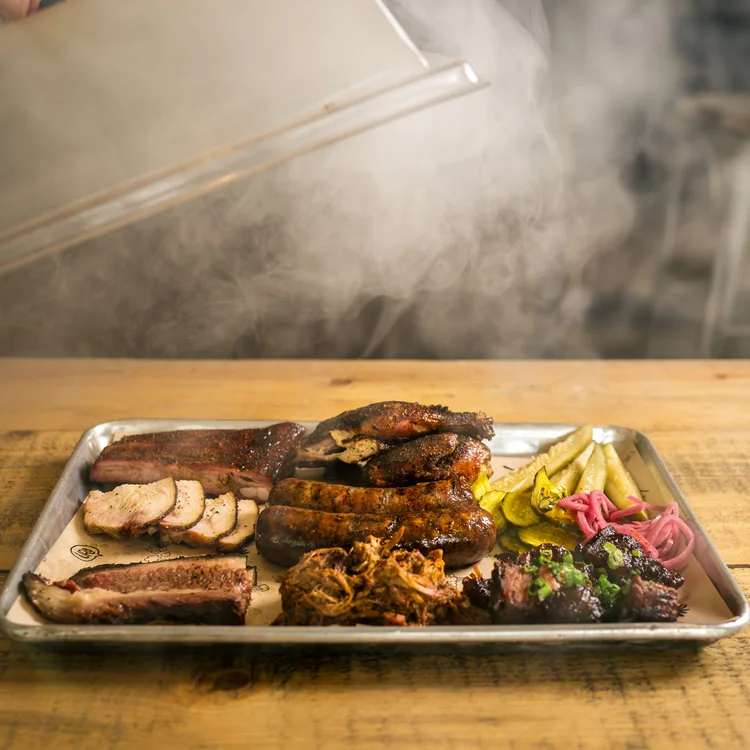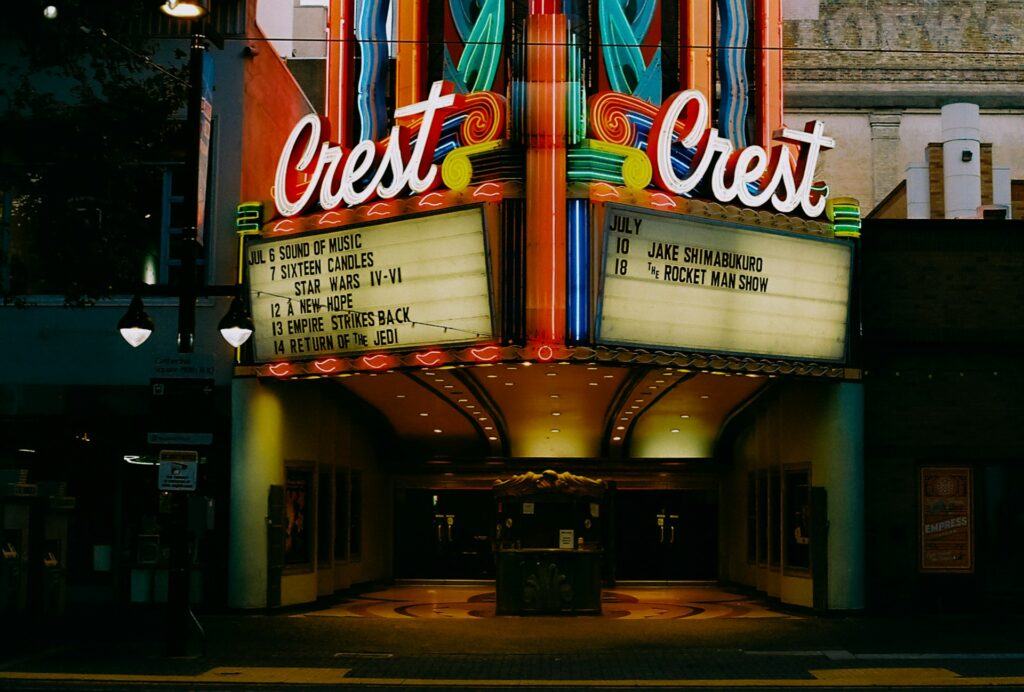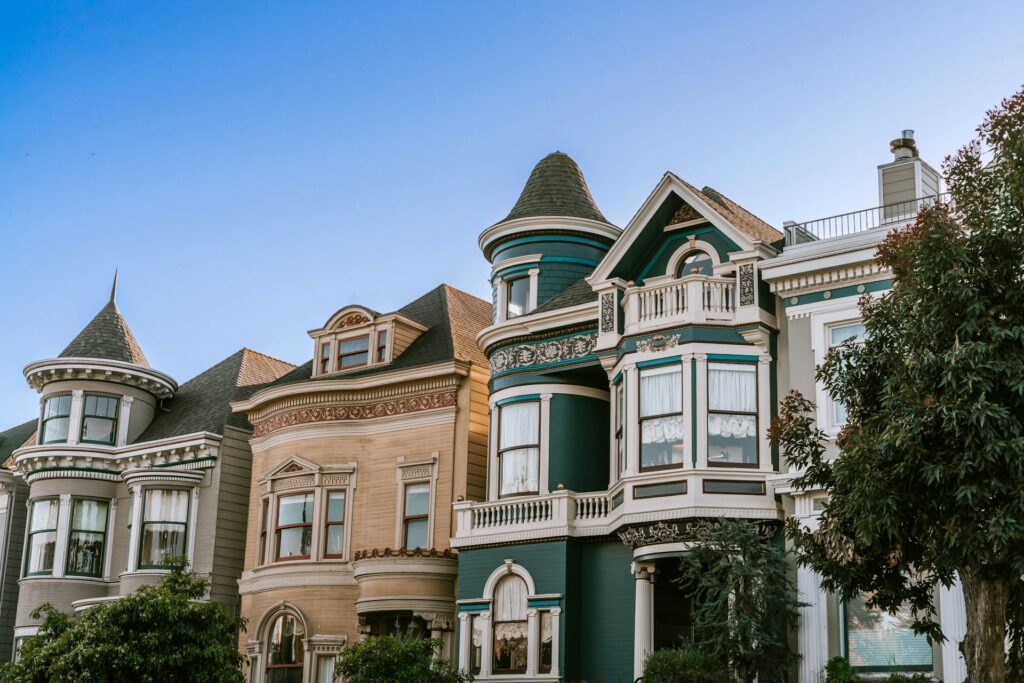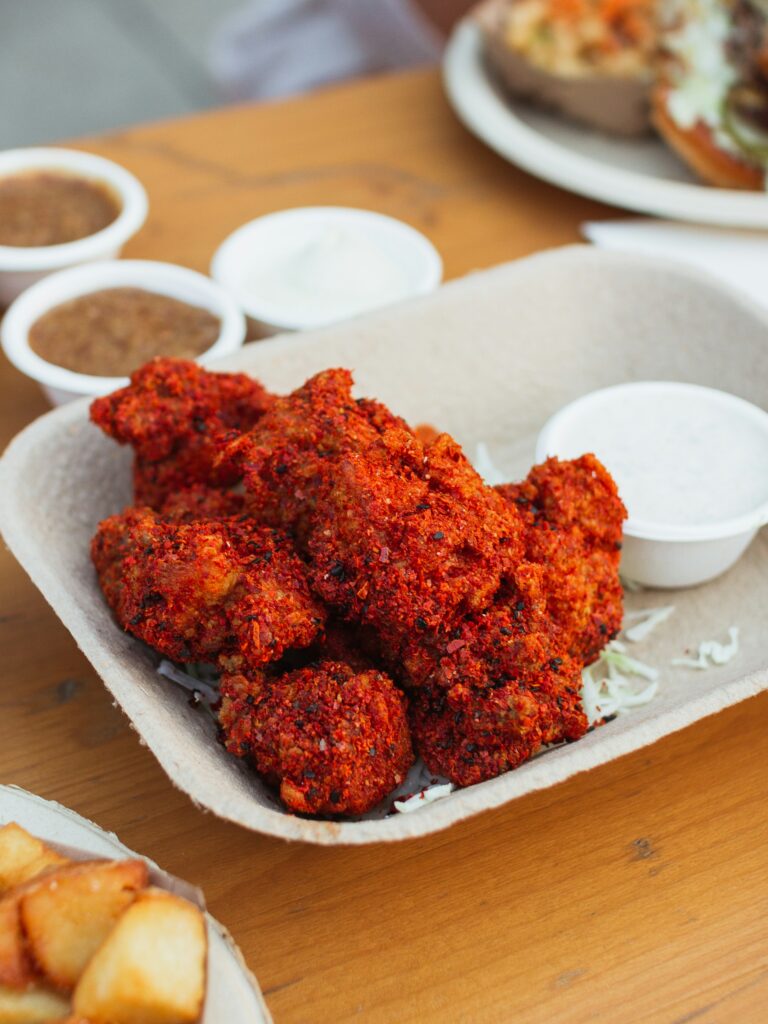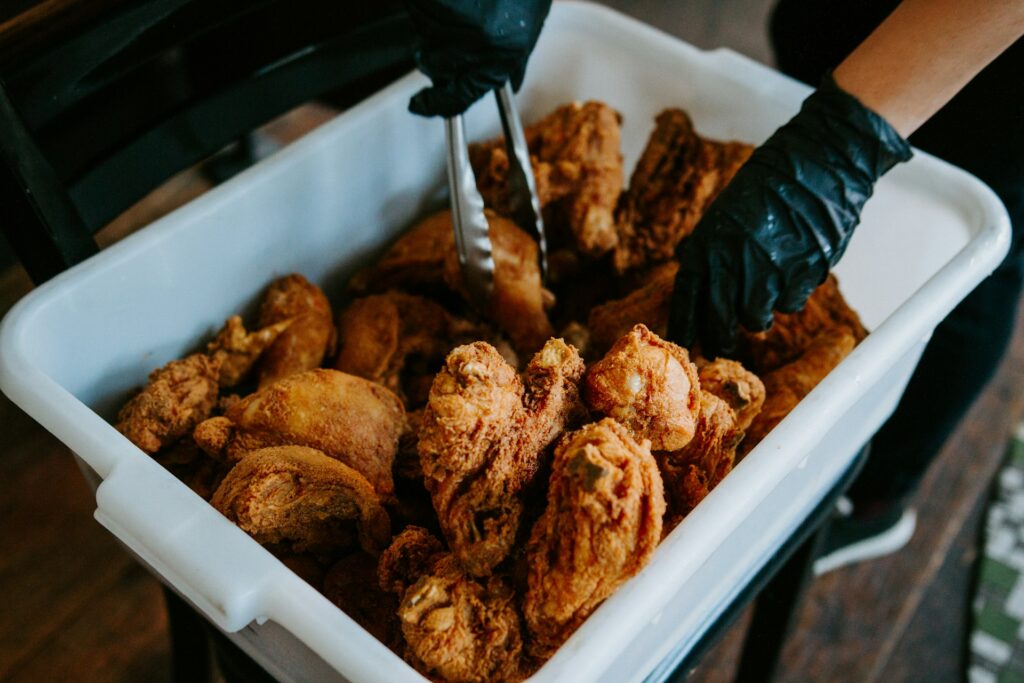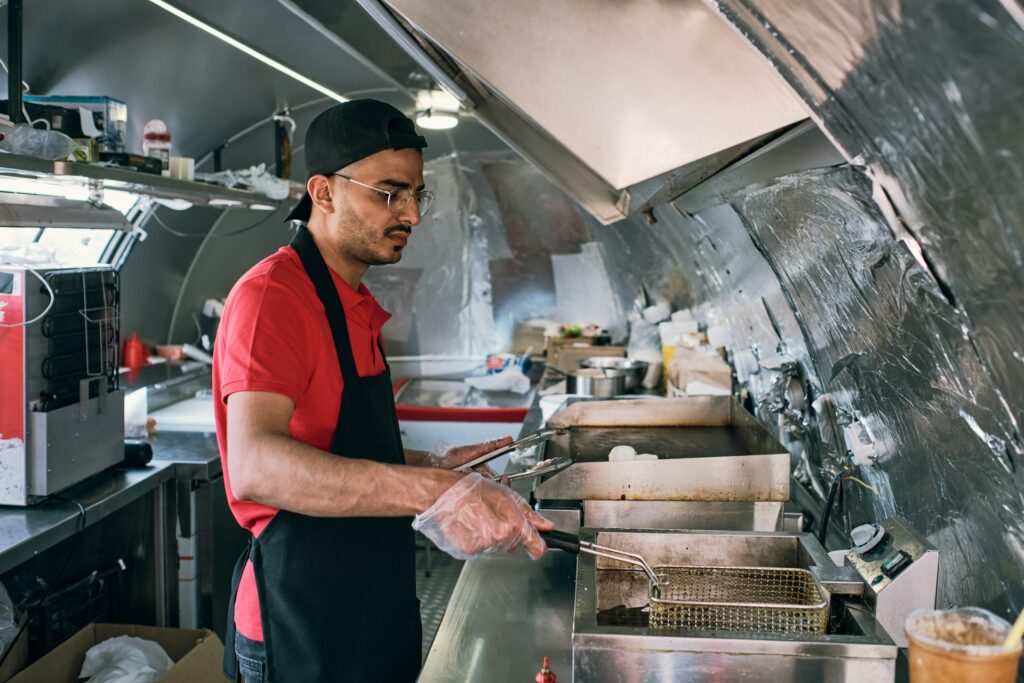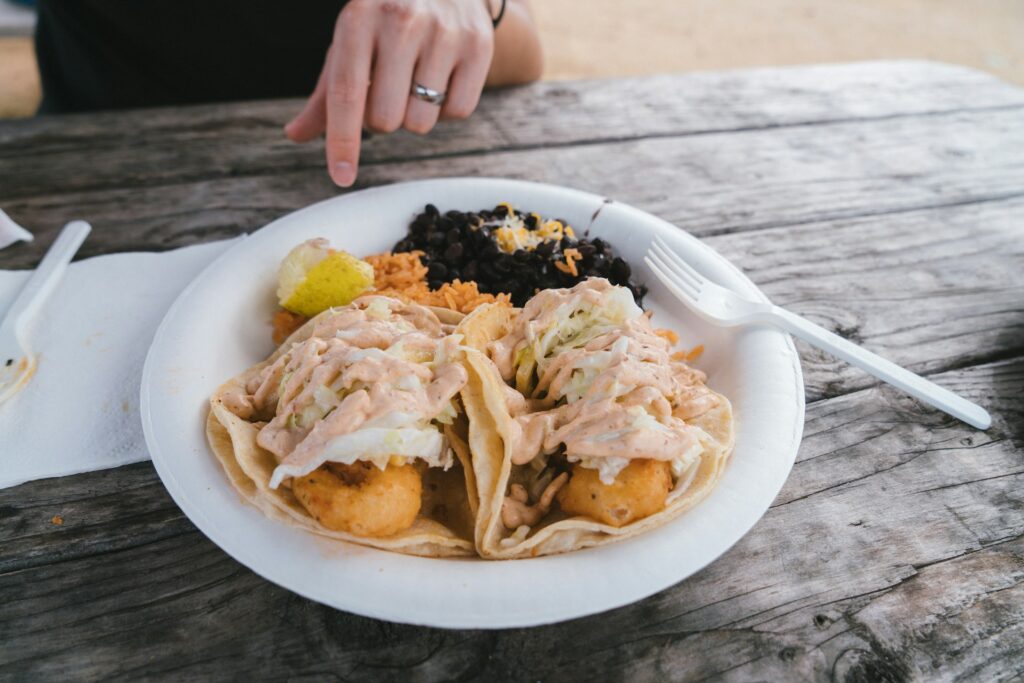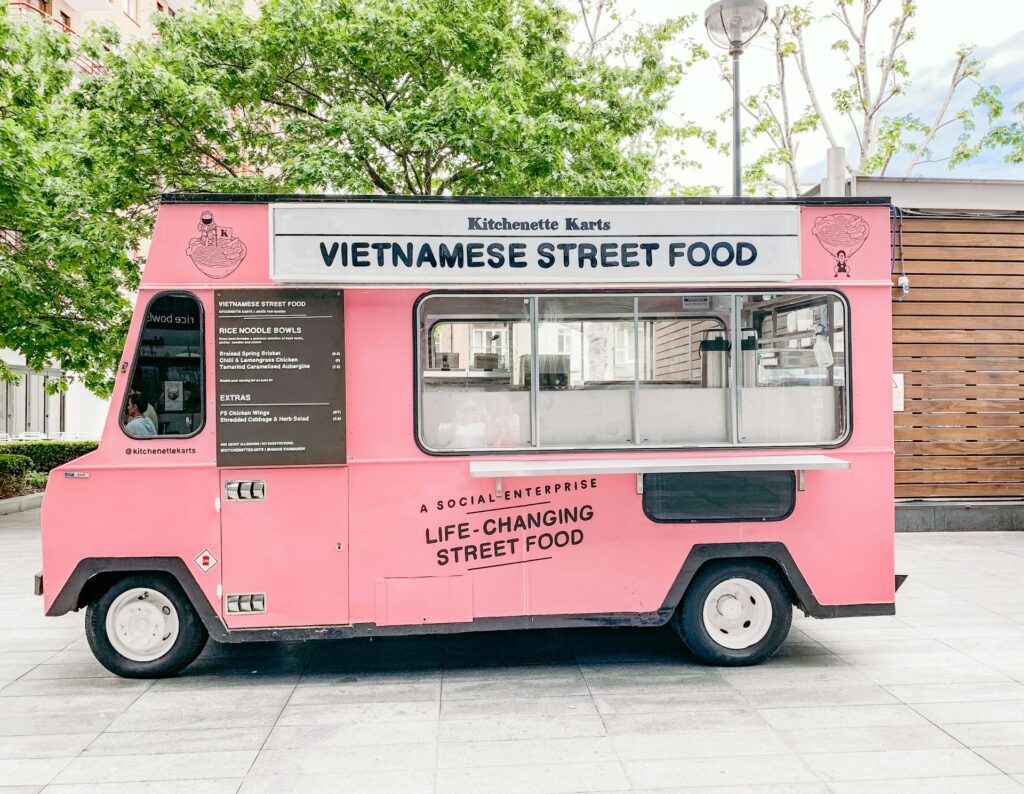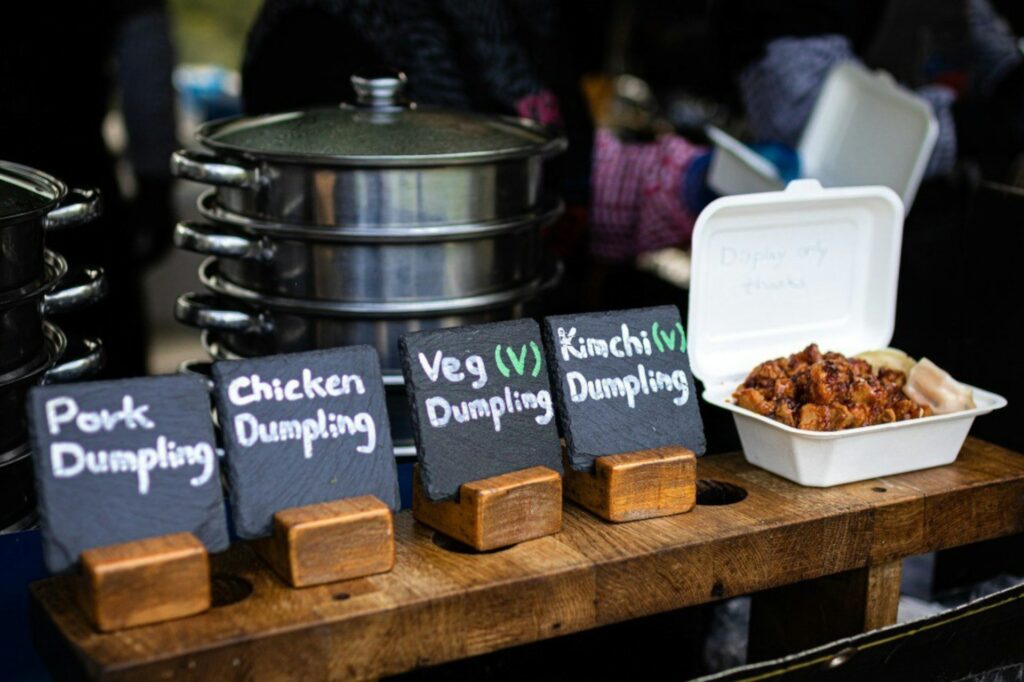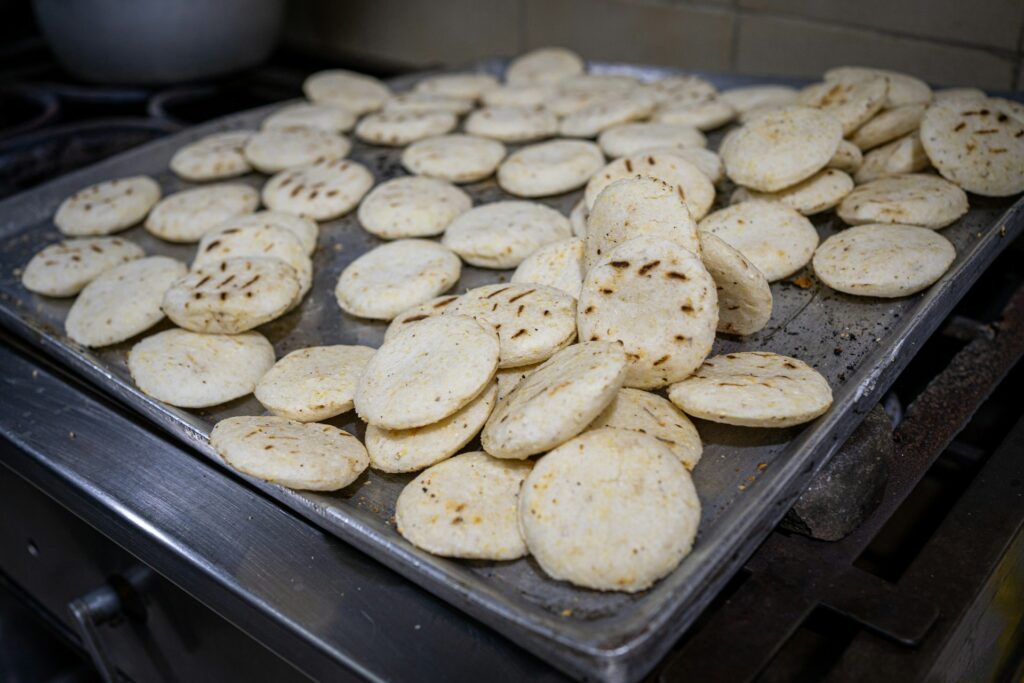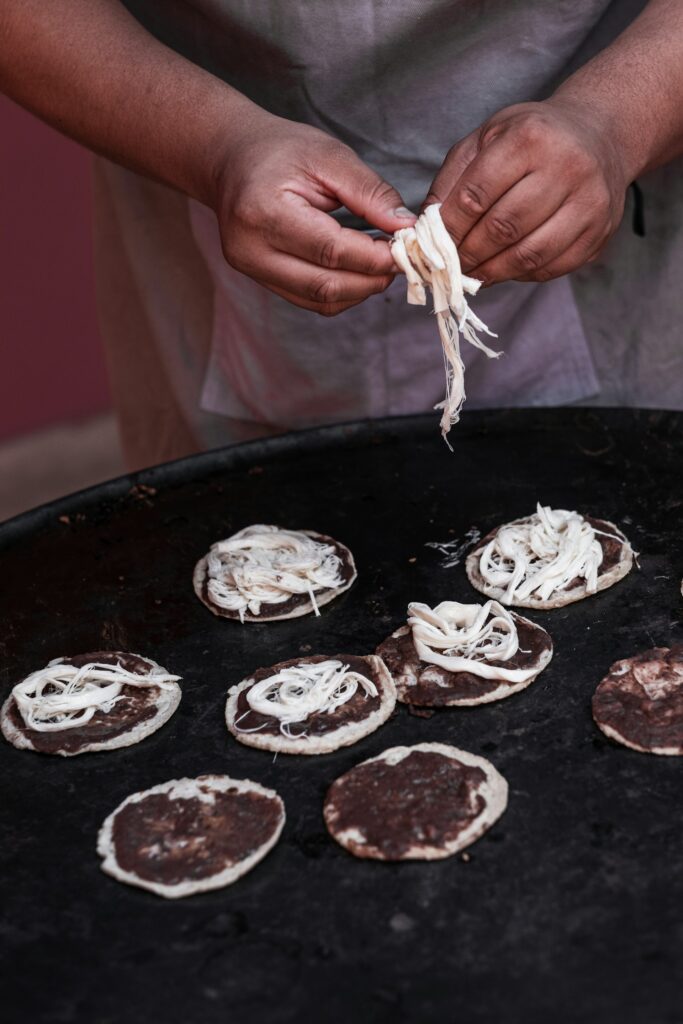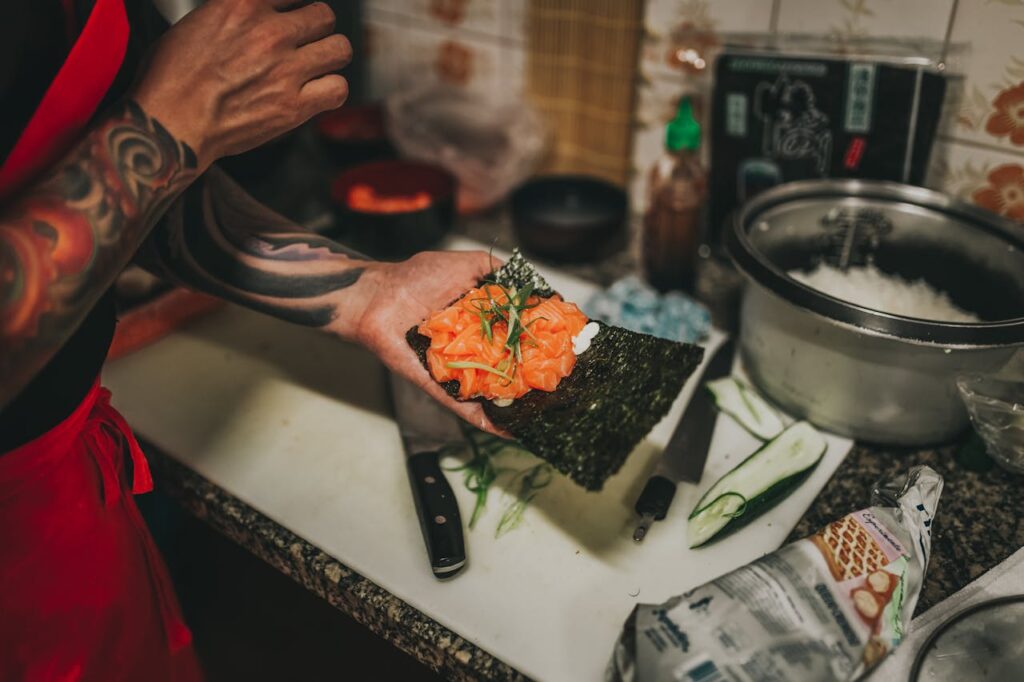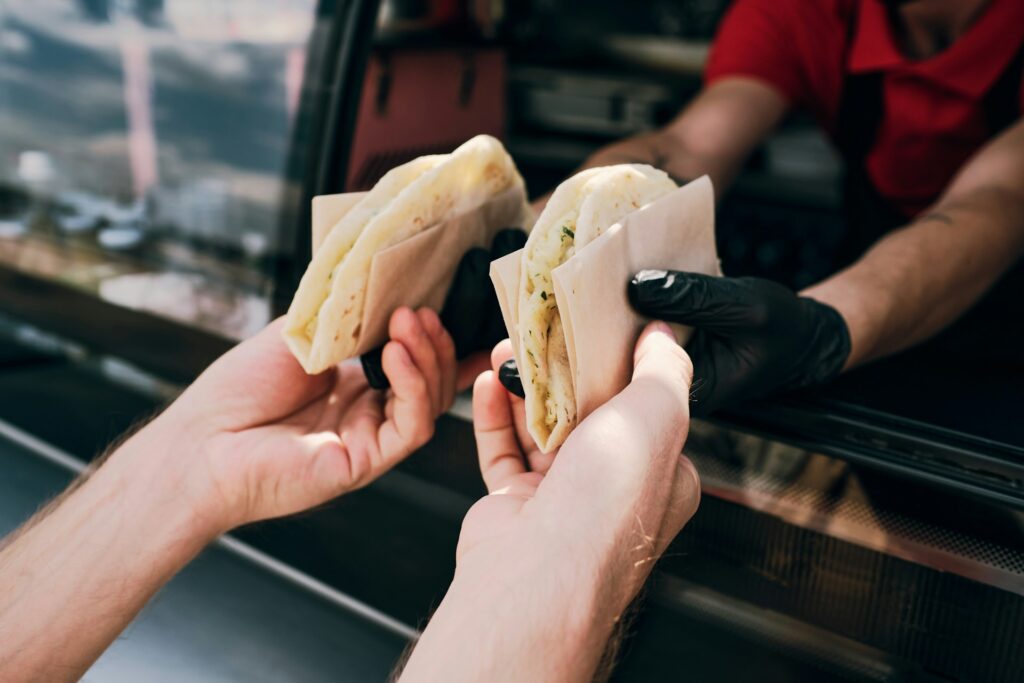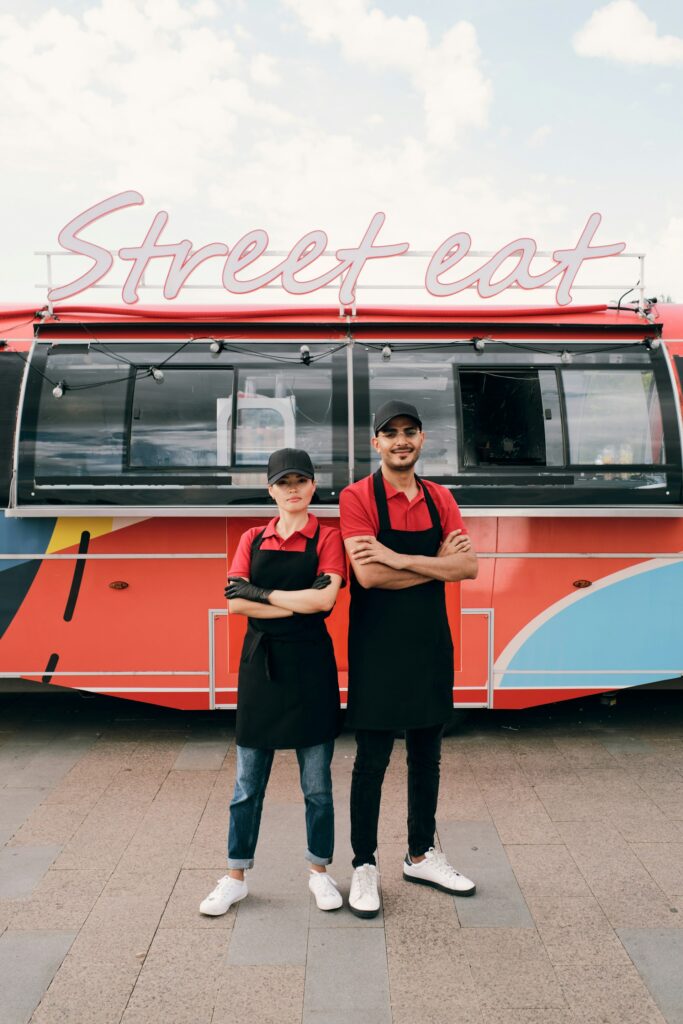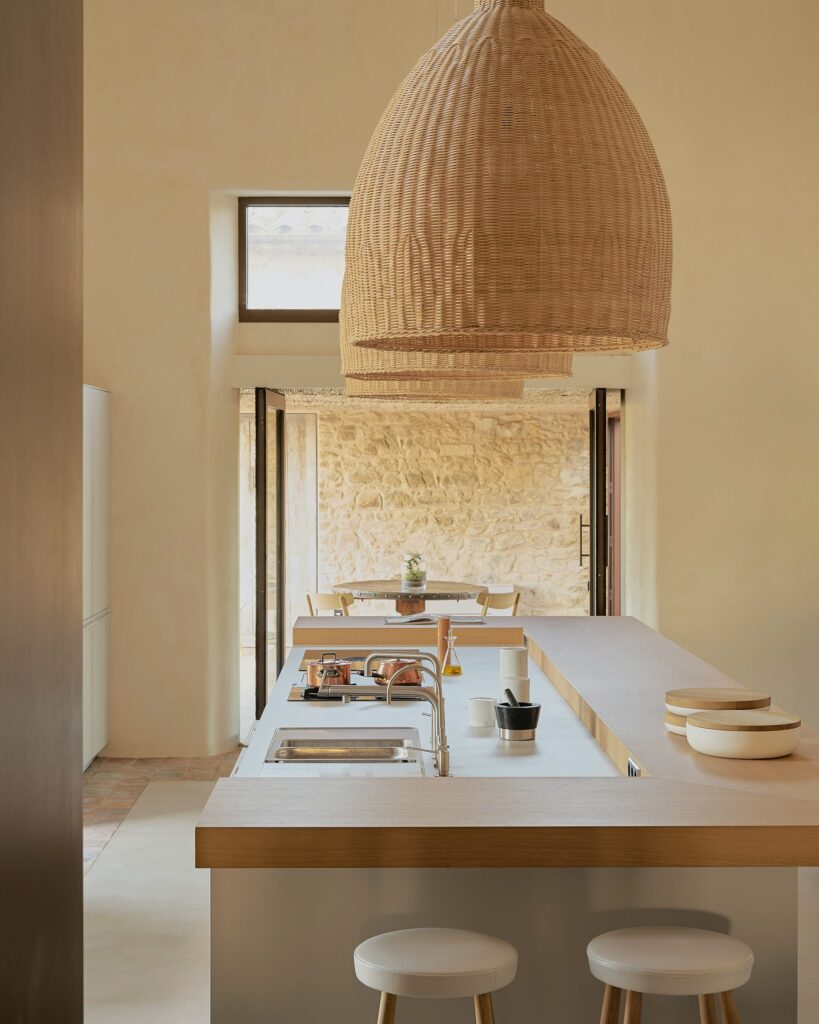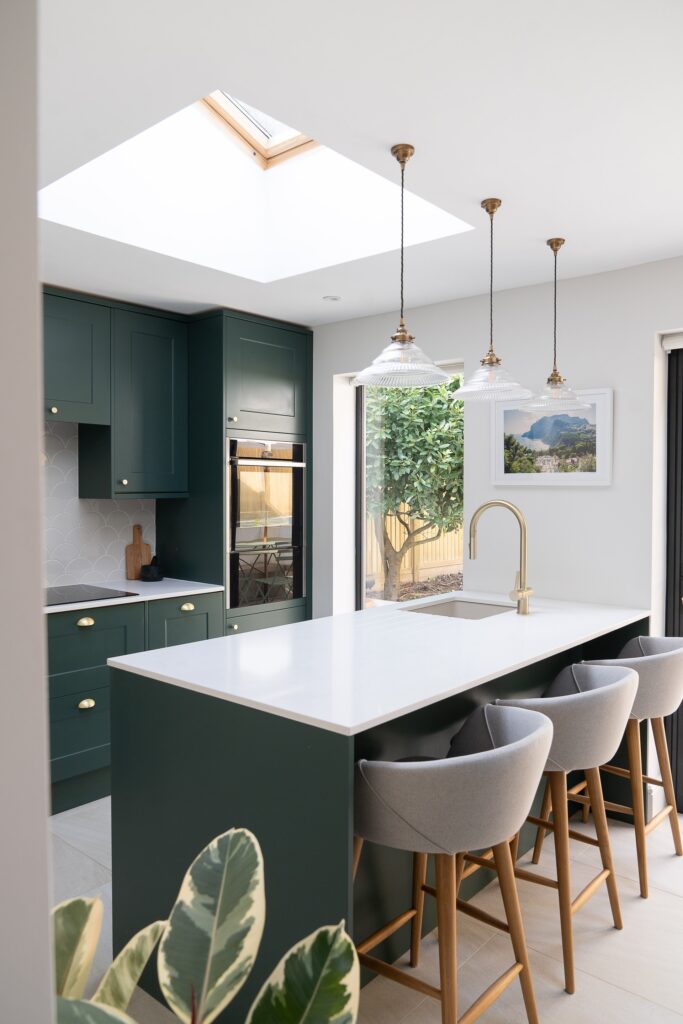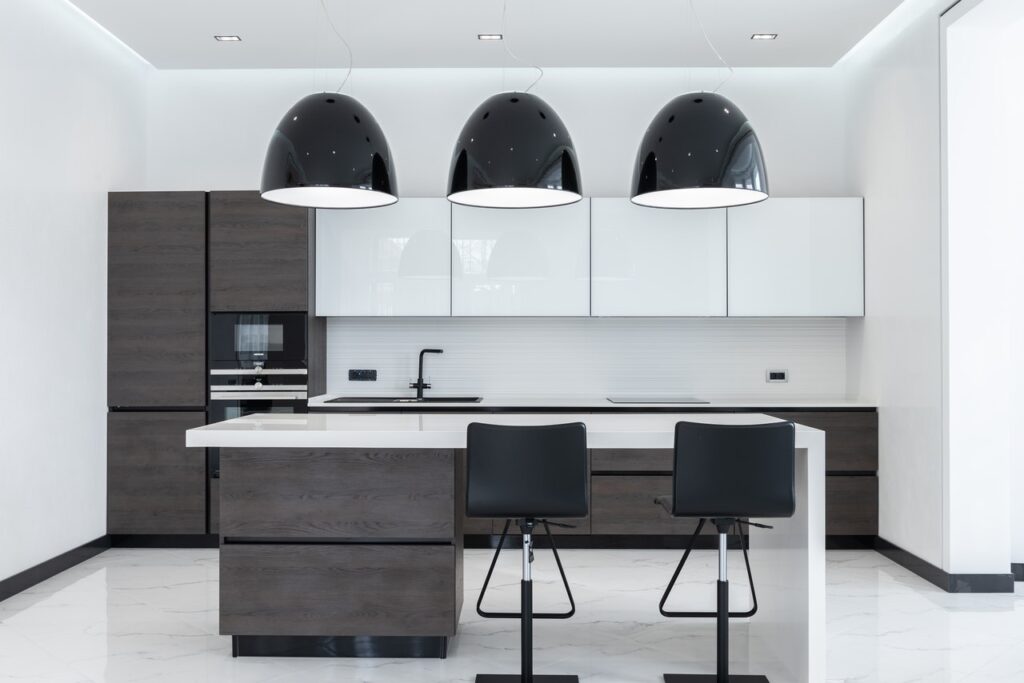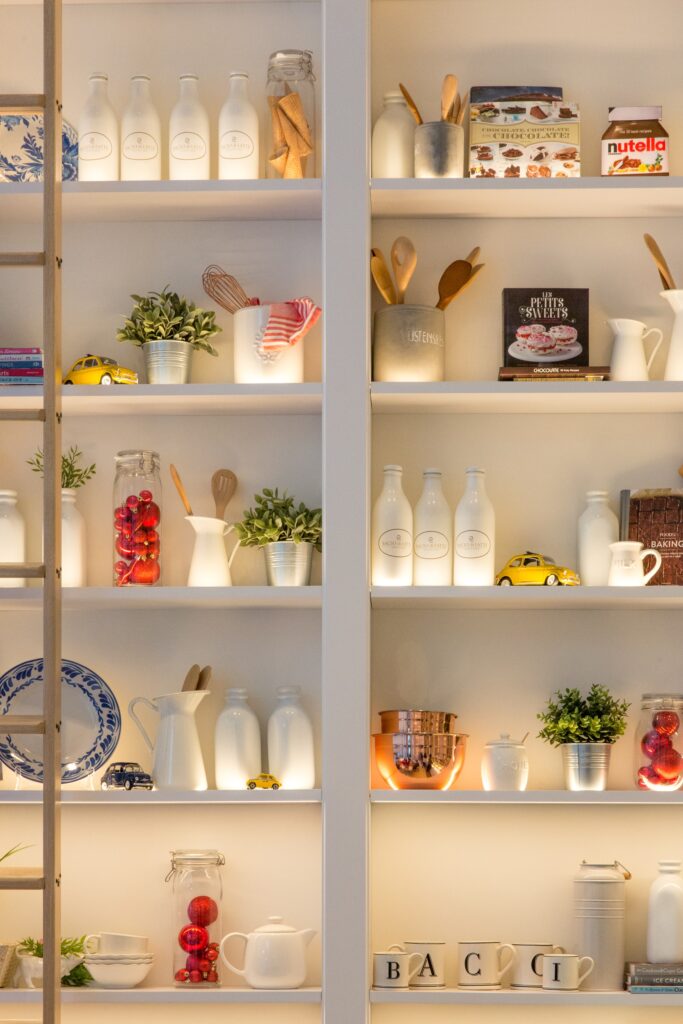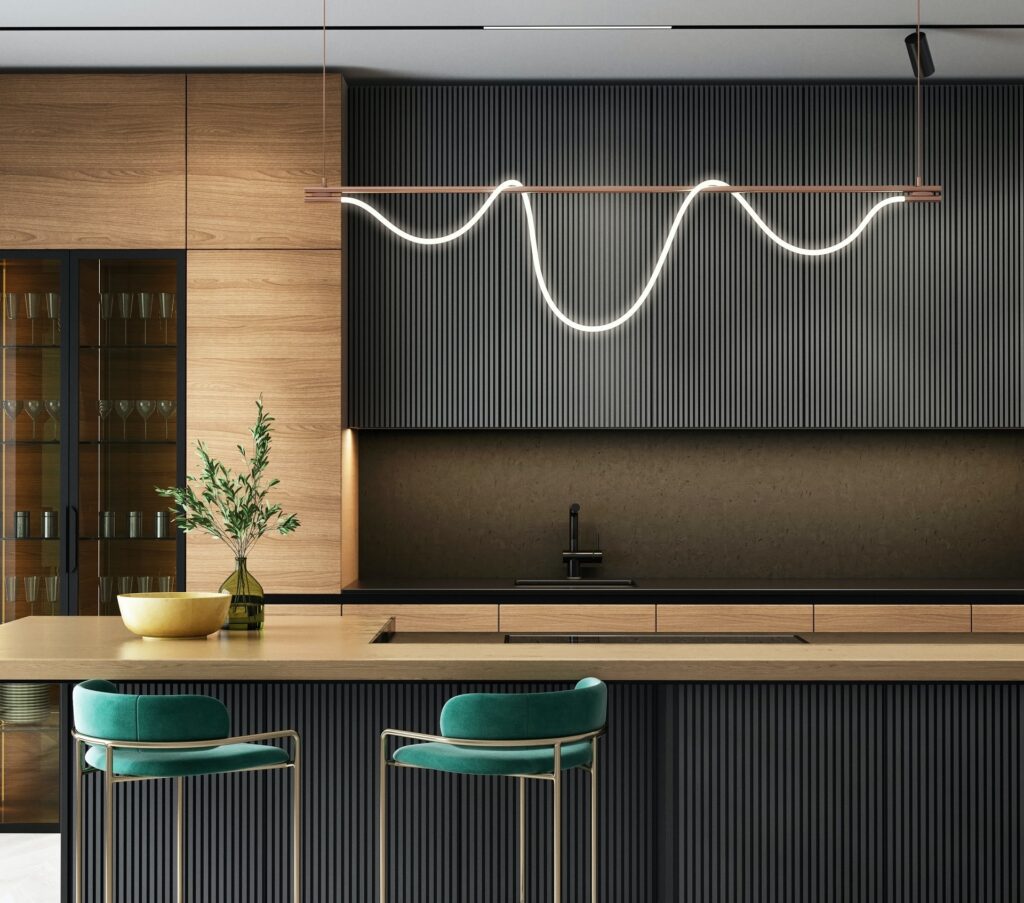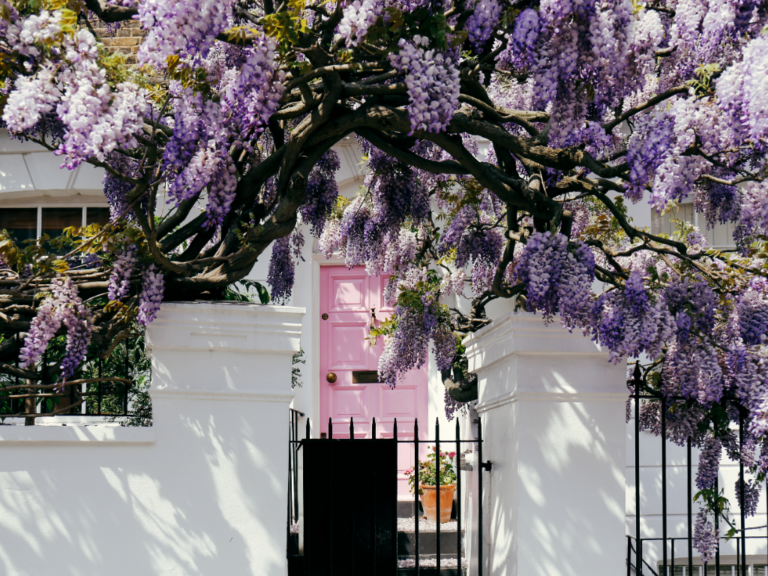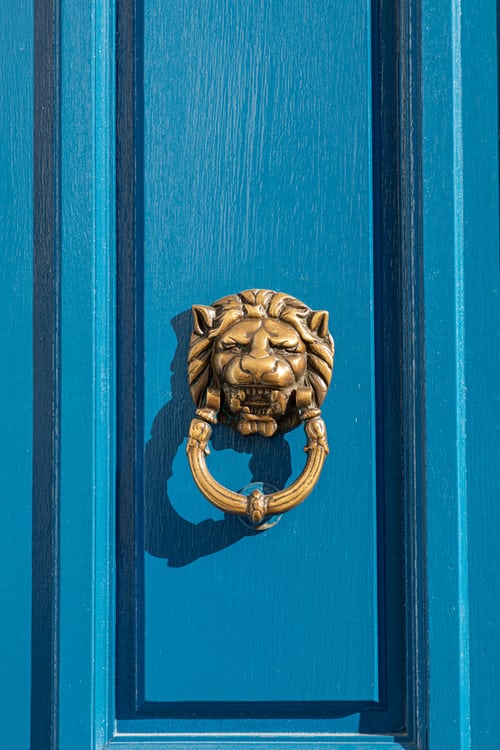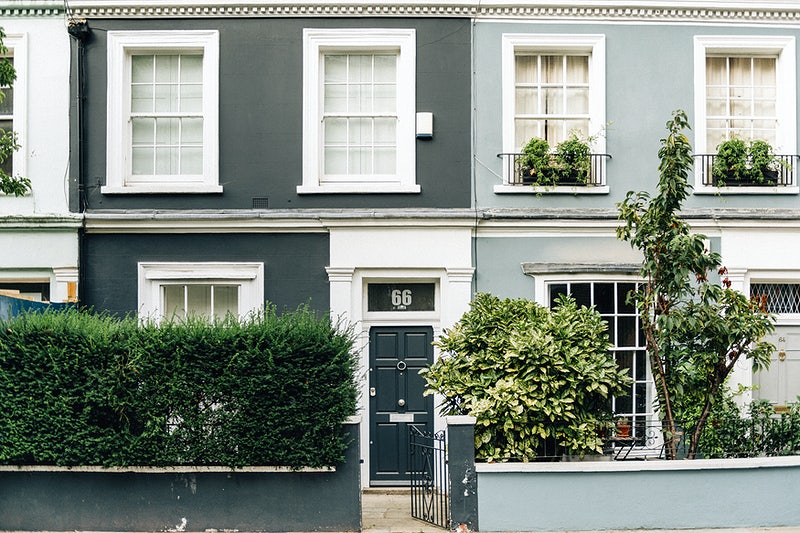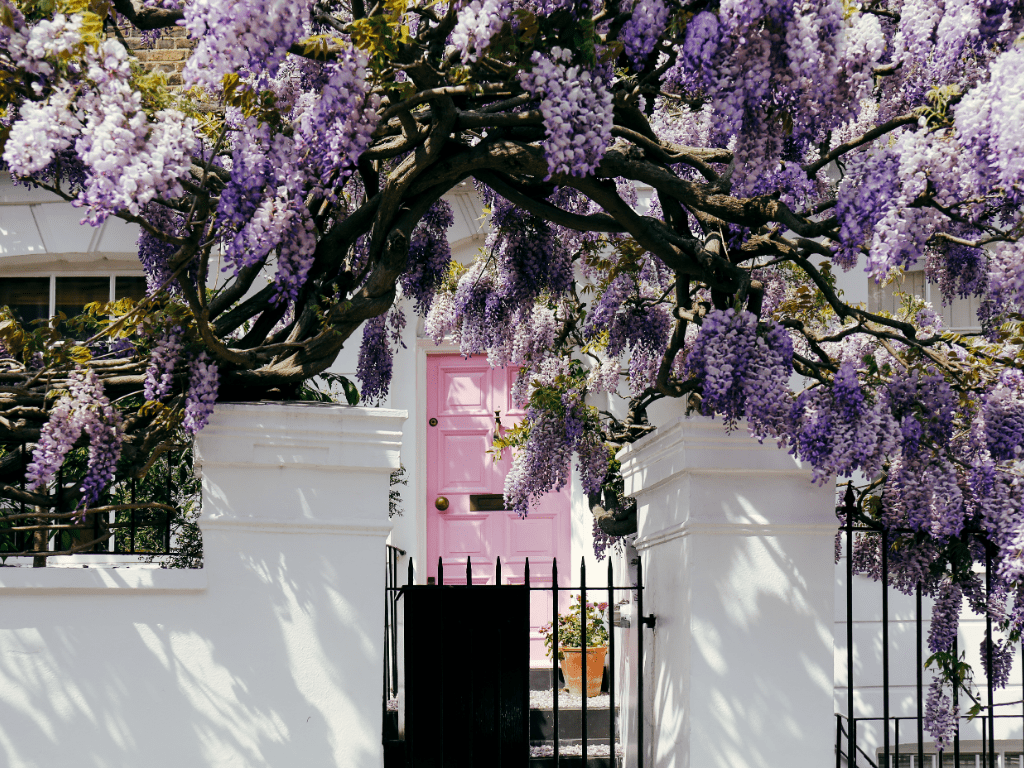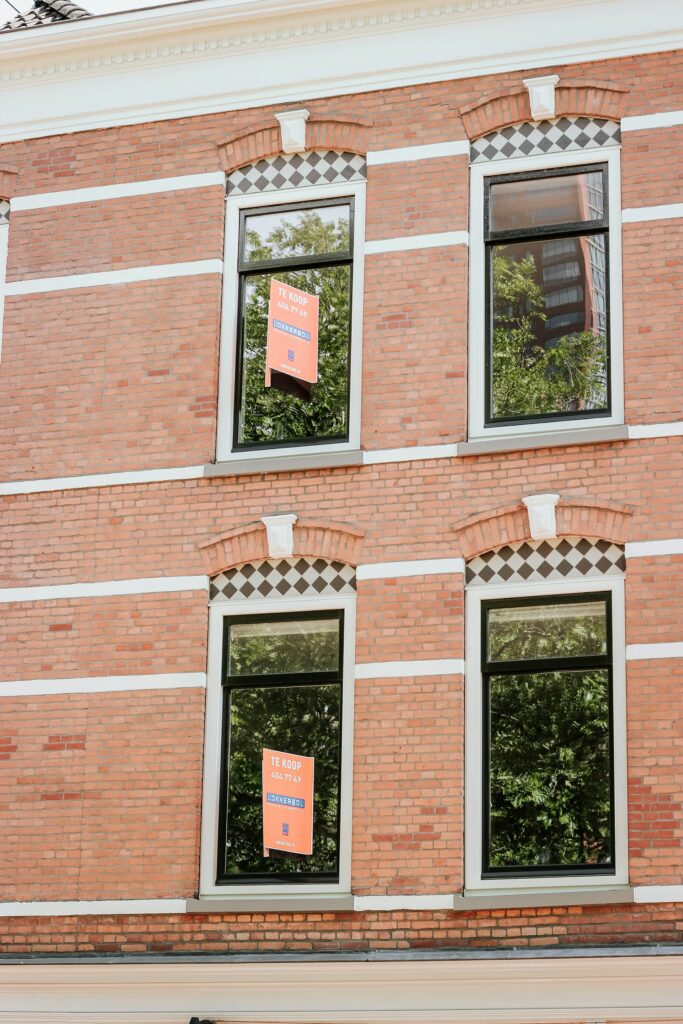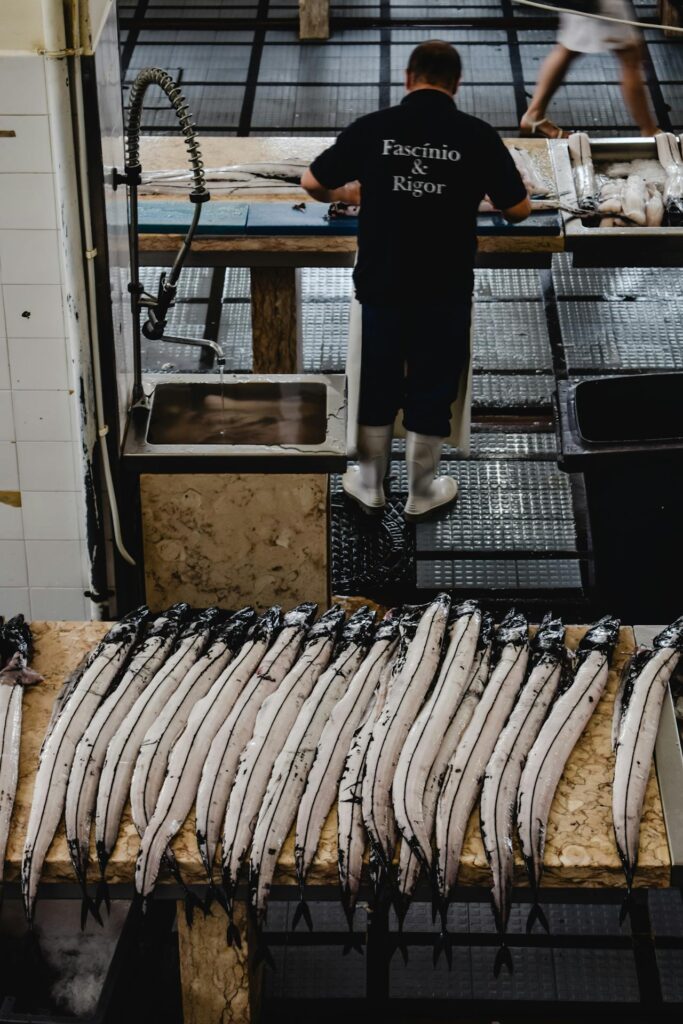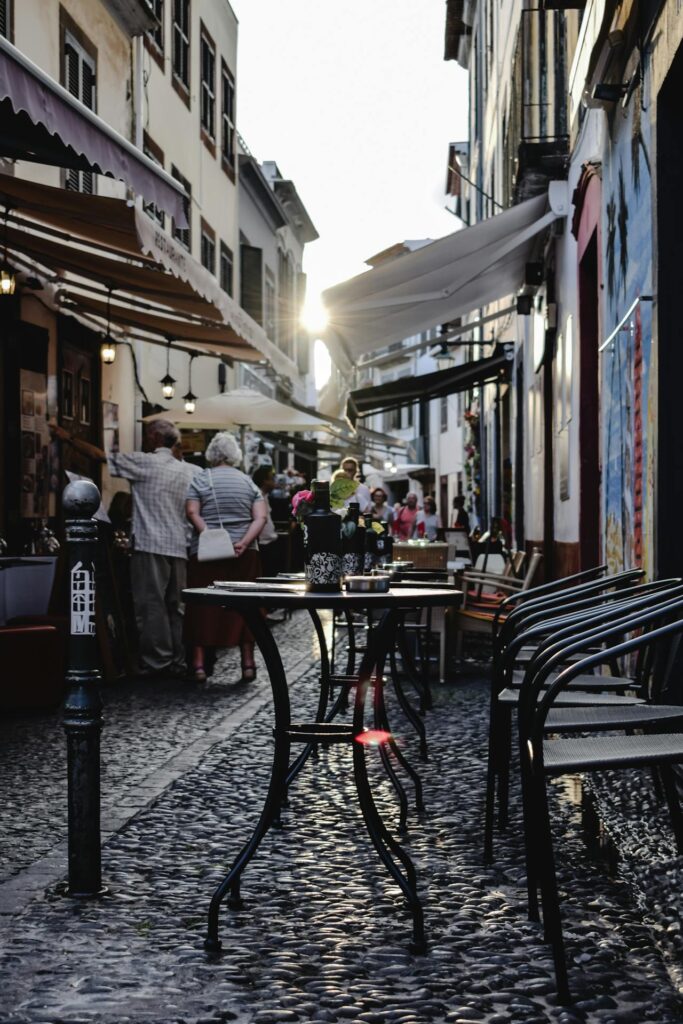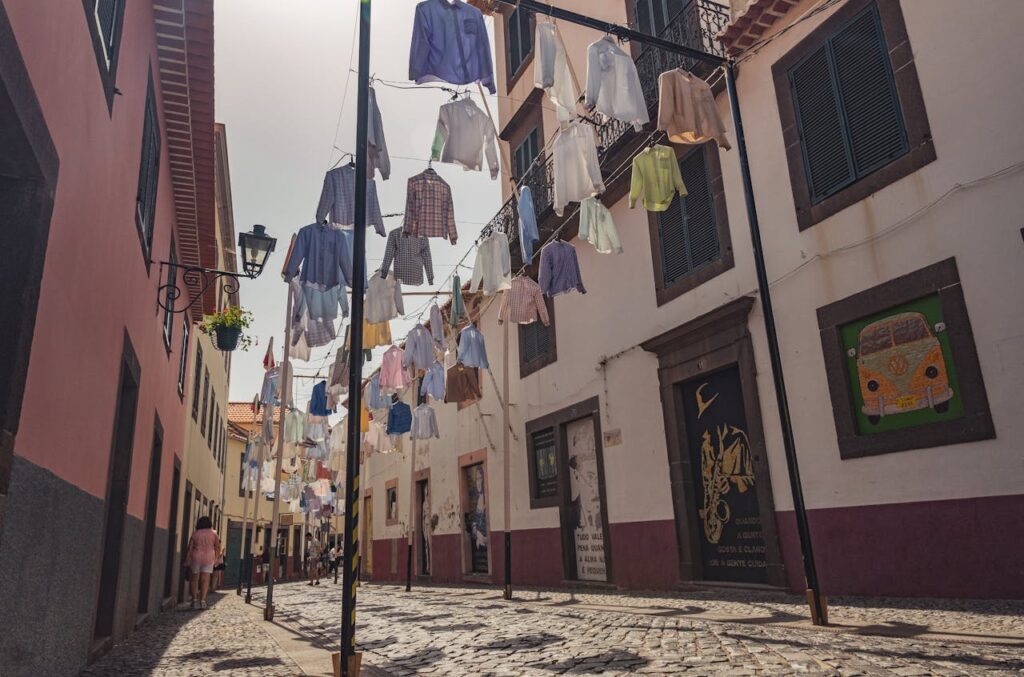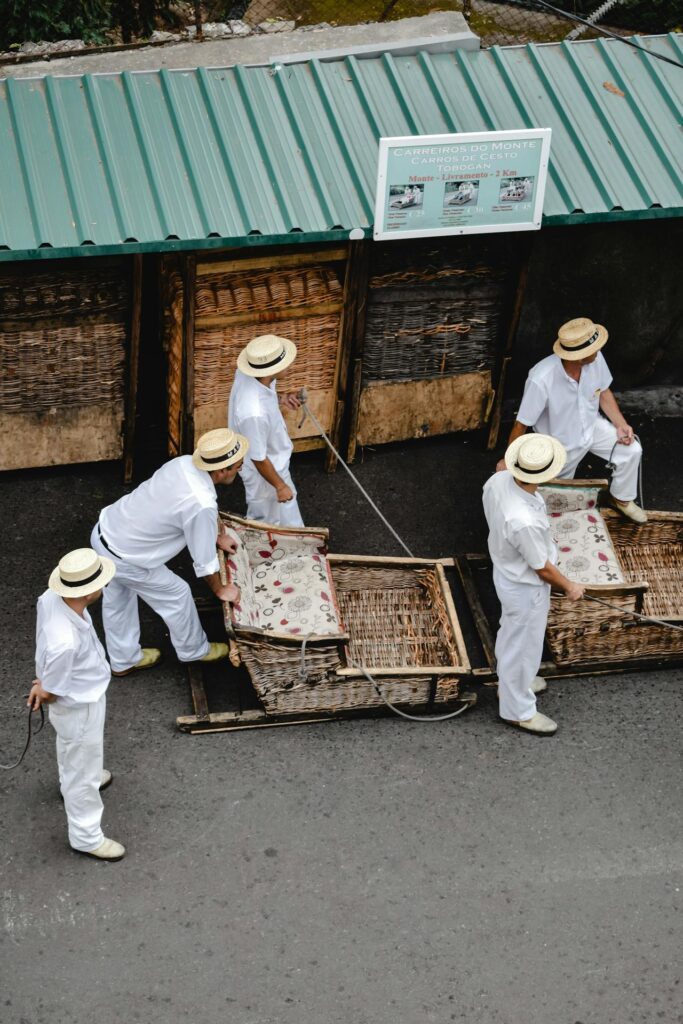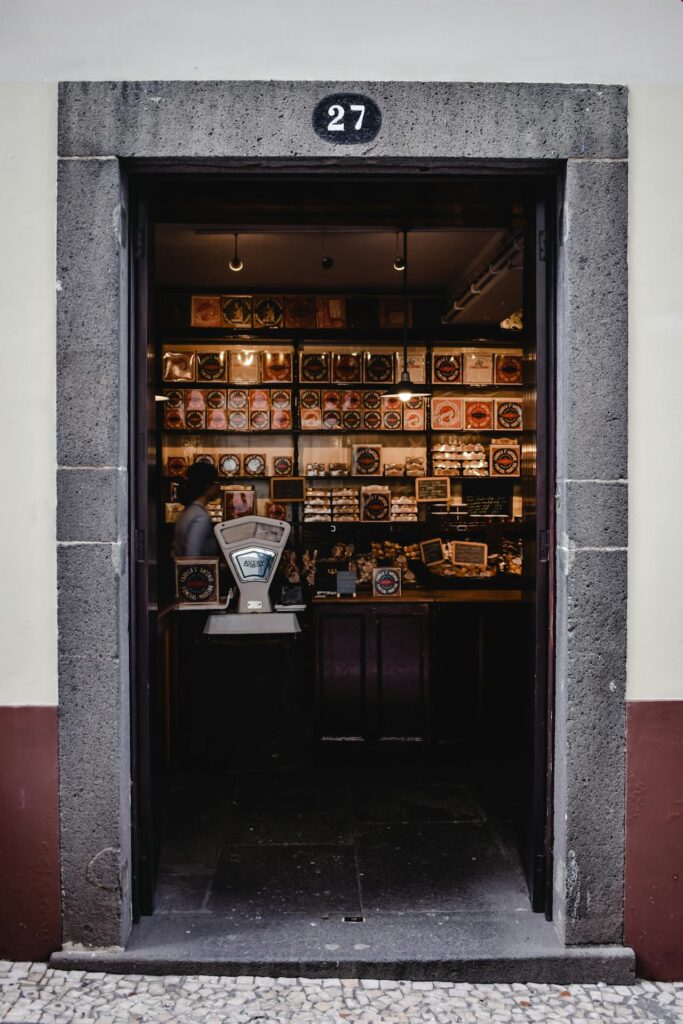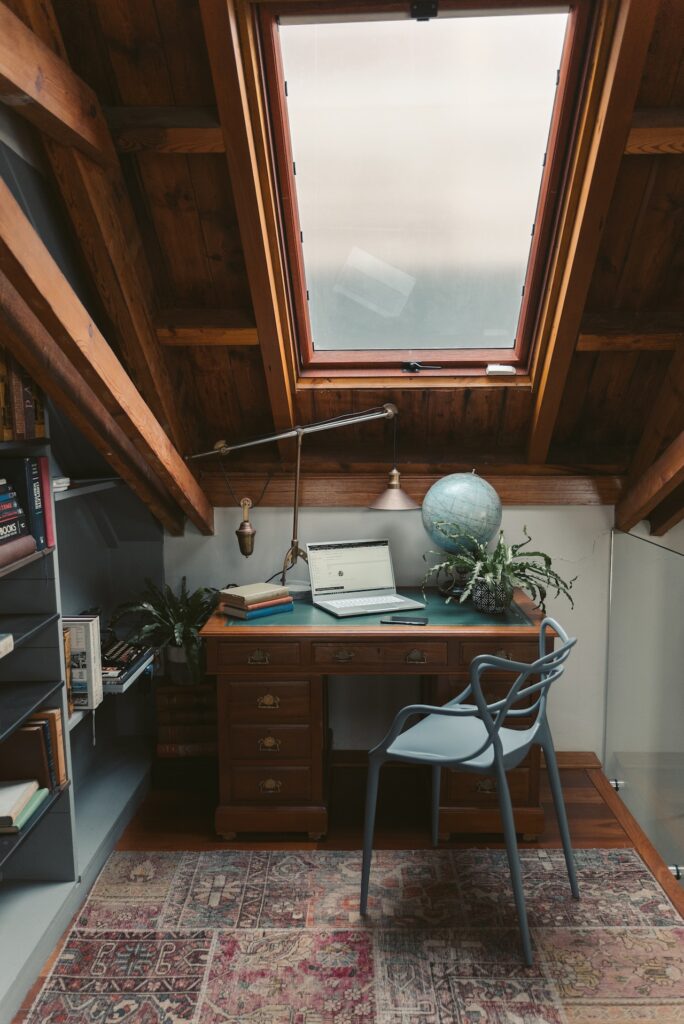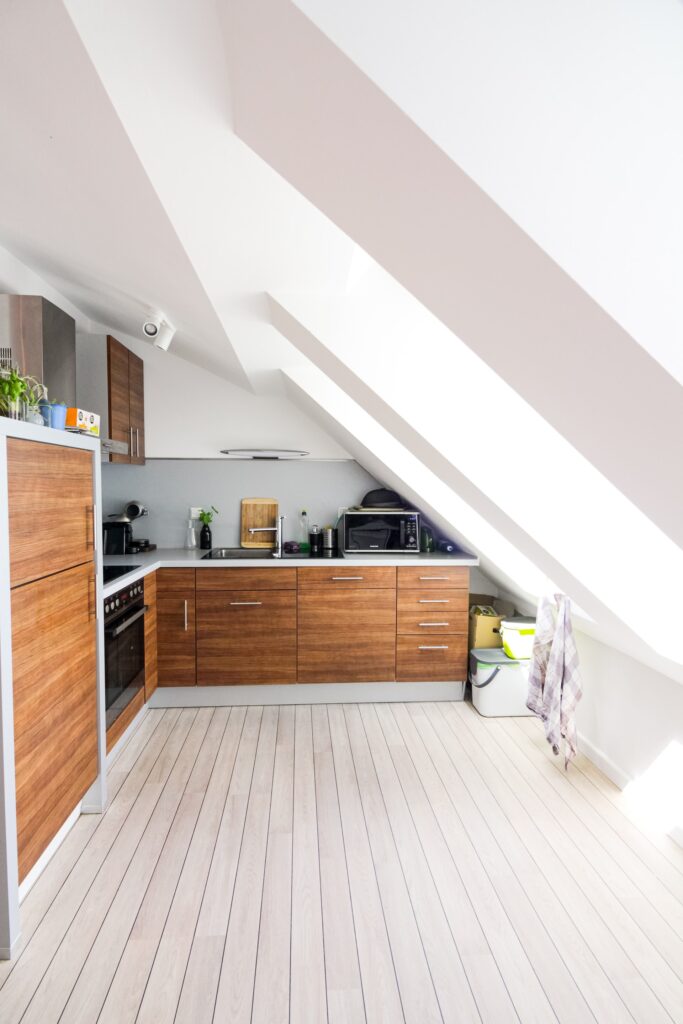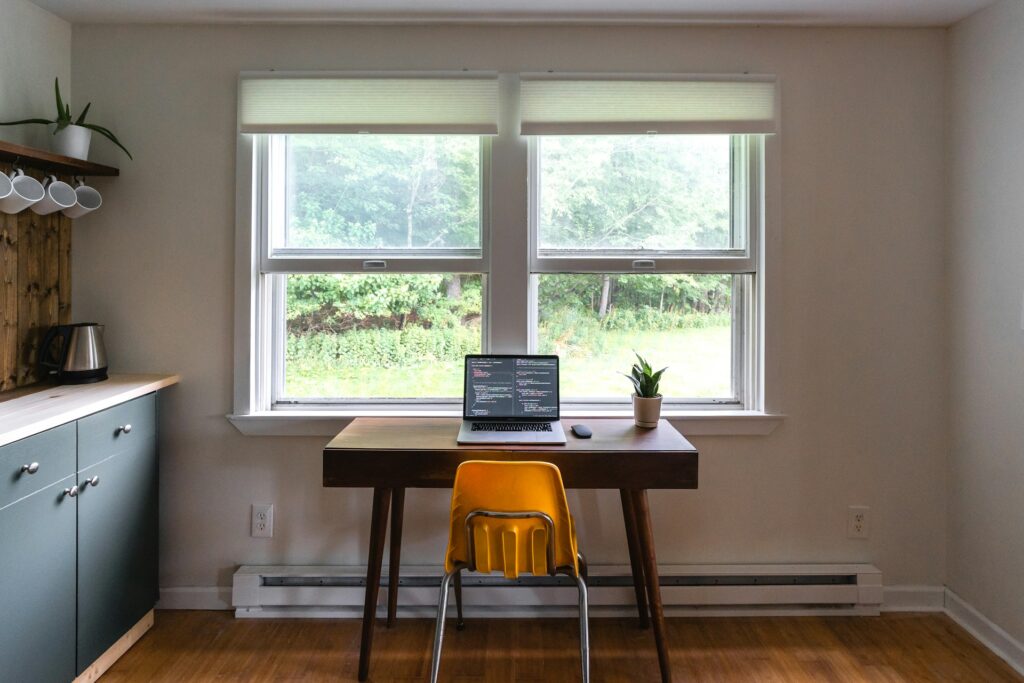In an era of ever increasing convenience, maintaining a nutritious diet can feel like an uphill battle. But what if some ingredients that could support better health were already sitting in your kitchen cupboard? These seven everyday ingredients aren’t just pantry staples – they’re nutritional powerhouses that may help enhance your wellbeing without breaking the bank or requiring exotic shopping trips.
The Golden Elixir: Raw Honey
Honey has been treasured since ancient times, but not all honey is created equal. When choosing this natural sweetener, certified raw organic honey may offer the most potent health benefits. Unlike processed varieties, raw honey retains its full spectrum of enzymes, antioxidants, and antimicrobial compounds.

Research suggests that honey’s health benefits extend far beyond its delicious taste. Studies indicate that honey contains powerful antioxidants that may help protect cells from damage, whilst its anti-inflammatory properties could support heart health and wound healing. The natural sugars in honey are also metabolised more slowly than refined sugar, potentially making it a more balanced choice for energy.
For maximum benefits, add a spoonful to herbal tea, drizzle over Greek yoghurt, or use in homemade salad dressings. Just remember that honey should never be given to children under one year of age.
The Humble Champion: Oats
Often dismissed as boring breakfast fodder, oats are actually nutritional champions that may deserve superfood status. These humble grains are packed with beta-glucan, a type of soluble fibre that has been scientifically proven to lower cholesterol levels.
The British Heart Foundation notes that eating 3g of beta-glucan daily can significantly reduce your risk of heart disease. A 40g serving of oats provides this amount whilst delivering sustained energy that may keep you fuller for longer.
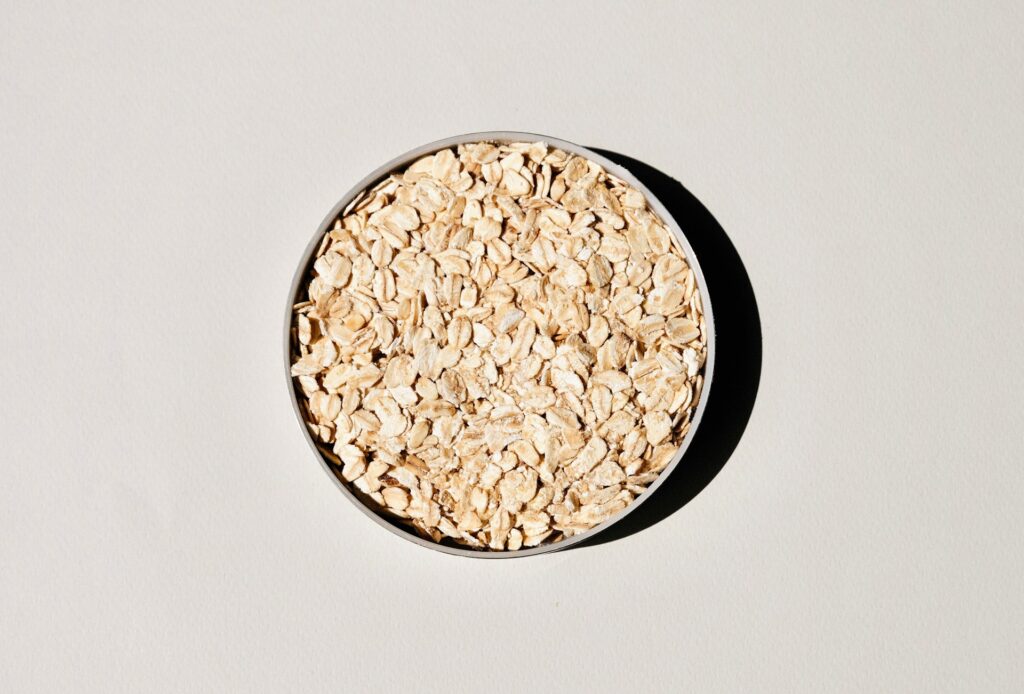
But oats could offer more than heart protection. Research suggests they may help regulate blood sugar levels, support healthy digestion, and potentially boost immune function. Steel-cut oats provide the greatest benefits, but rolled oats are still excellent choices for busy mornings.
Try overnight oats with berries and nuts, savoury oat risottos, or blend them into smoothies for added nutrition and creaminess.
Nature’s Protein Pods: Nuts
Small but mighty, nuts are nutritional powerhouses that may deserve a permanent place in your pantry. Harvard Medical School research shows that eating just an ounce of nuts daily can significantly reduce your risk of heart disease, diabetes, and even premature death.
Almonds shine with their impressive calcium and vitamin E content, whilst walnuts provide heart-healthy omega-3 fatty acids. A landmark study published in the New England Journal of Medicine found that people who ate nuts daily had a 20% lower risk of death during the study period compared to those who avoided nuts entirely.
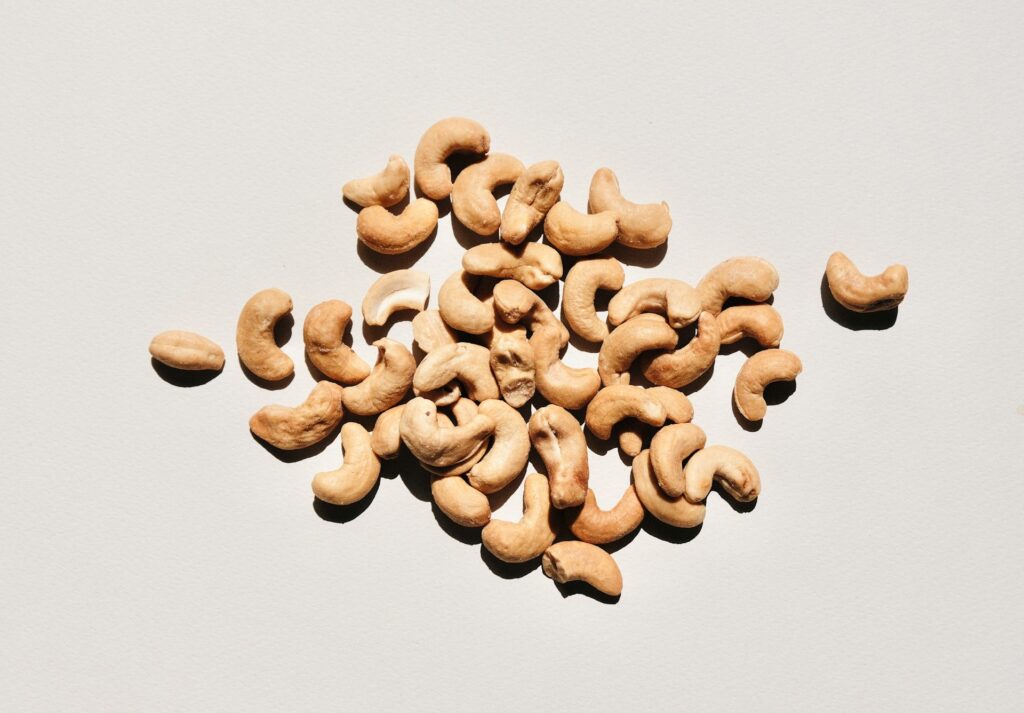
The magic appears to lie in their unique combination of healthy fats, protein, fibre, and antioxidants. This nutritional profile may help stabilise blood sugar, reduce inflammation, and support brain health.
Keep a variety of raw, unsalted nuts on hand for snacking, add them to salads and stir-fries, or grind them into nut butter for a wholesome spread.
Liquid Gold: Extra Virgin Olive Oil
The cornerstone of the Mediterranean diet, extra virgin olive oil is more than just a cooking fat – it could be a health elixir in a bottle. Recent research published in the Journal of the American College of Cardiology found that people consuming more than half a tablespoon daily had significantly lower rates of cardiovascular disease and premature death.
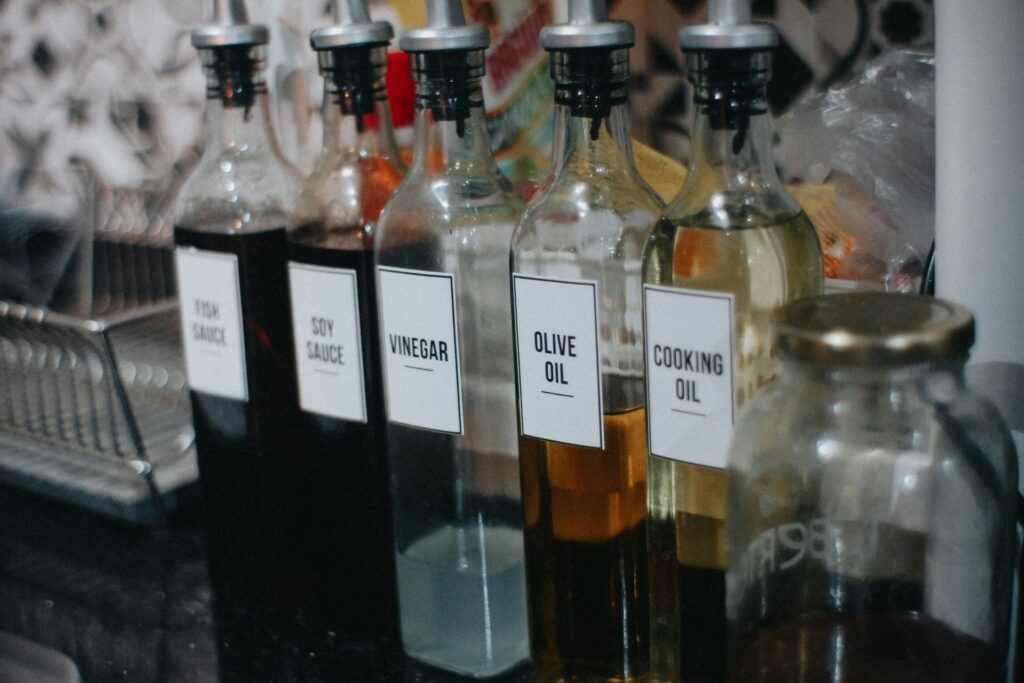
What sets extra virgin olive oil apart is its wealth of polyphenols – powerful antioxidants that may combat inflammation and protect against chronic disease. Harvard Medical School research suggests that these compounds, along with the oil’s monounsaturated fats, contribute to its protective effects against heart disease, certain cancers, and cognitive decline.
Unlike regular olive oil, extra virgin varieties undergo minimal processing, preserving their beneficial compounds and distinctive flavour. Use it generously in salad dressings, drizzle over vegetables, or finish dishes with a flourish of this liquid gold.
Read: What are some of the healthiest and most versatile cooking oils?
The Concentrated Powerhouse: Canned Tomatoes
Fresh tomatoes are wonderful, but their canned counterparts offer unique advantages that could make them true superfoods. The canning process actually increases the bioavailability of lycopene, a powerful antioxidant that gives tomatoes their red colour and may provide remarkable health benefits.
Lycopene has been extensively studied for its potential to reduce prostate cancer risk, protect against heart disease, and support skin health. The combination of heat and oil during canning breaks down cell walls, making this protective compound more easily absorbed by your body.
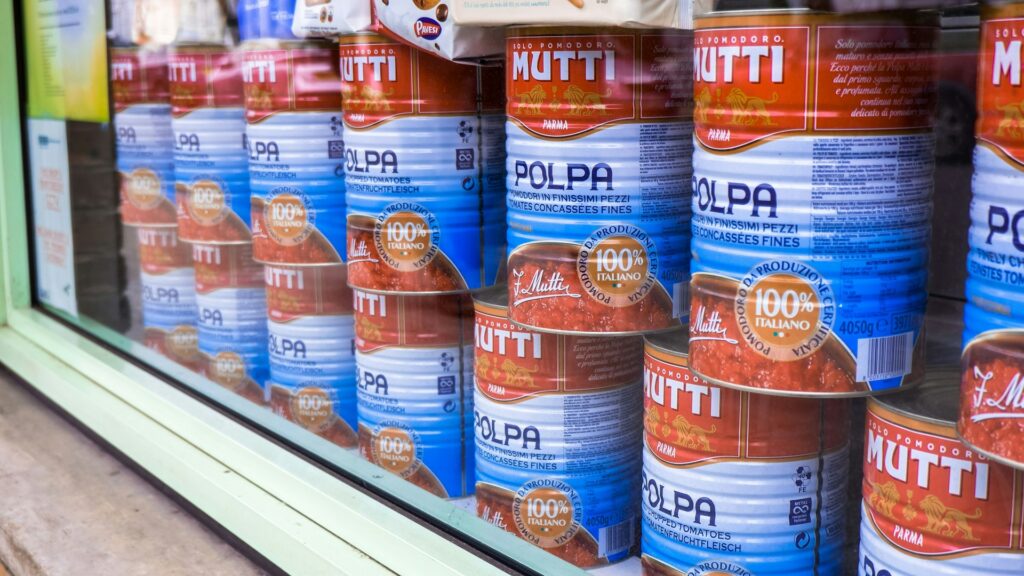
Canned tomatoes are also incredibly versatile and economical. They form the base of countless healthy meals – from hearty pasta sauces and soups to stews and curries. Choose varieties without added sugar and look for cans lined with BPA-free materials when possible.
The Protein Powerhouses: Legumes
Beans, lentils, chickpeas, and other legumes are nutritional goldmines that have sustained civilisations for millennia. These affordable protein sources are rich in fibre, folate, potassium, and iron, making them potentially essential for vegetarians and meat-eaters alike.
The high fibre content in legumes may help stabilise blood sugar levels, promote healthy digestion, and feed beneficial gut bacteria. Their protein content rivals that of meat, whilst their low glycaemic index makes them excellent for sustained energy release.
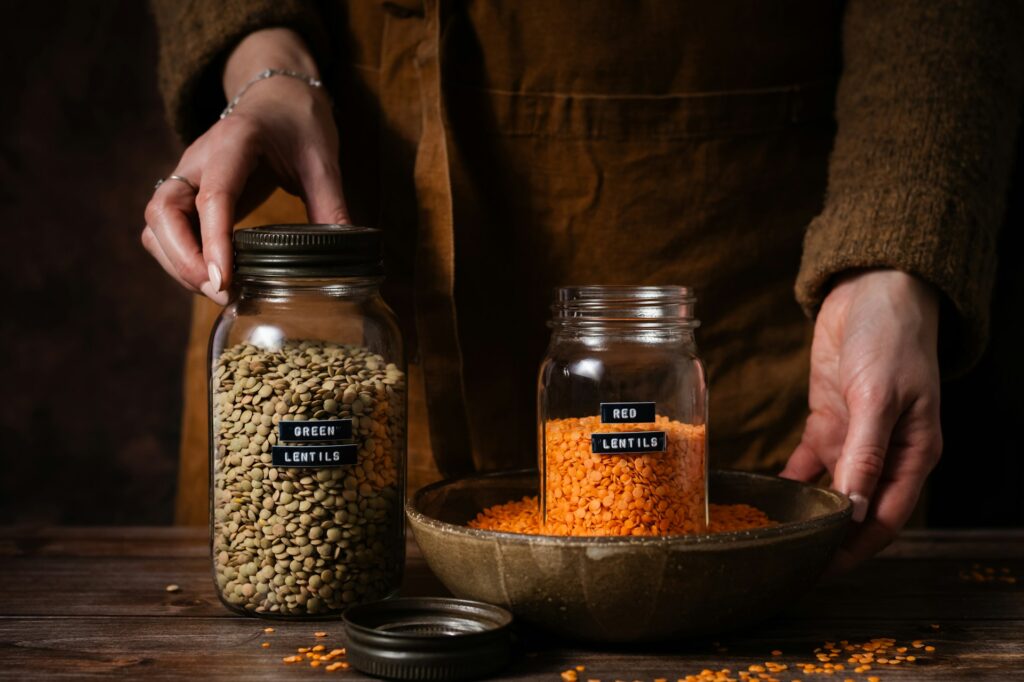
Studies consistently link regular legume consumption with reduced risks of heart disease, diabetes, and certain cancers. They’re also incredibly sustainable, requiring less water and producing fewer greenhouse gases than animal protein sources.
Stock your cupboard with dried or canned varieties – black beans, kidney beans, lentils, and chickpeas are particularly versatile. Use them in soups, salads, veggie burgers, or as hearty additions to grain bowls.
The Dark Delight: Quality Dark Chocolate
The final superfood might surprise you: dark chocolate with at least 70% cocoa content isn’t just a treat – it could be a health food in disguise. The cocoa in dark chocolate is rich in flavonoids, compounds that may support cardiovascular health and cognitive function.
Research suggests that moderate consumption of high-quality dark chocolate may help lower blood pressure, improve blood flow to the brain, and even enhance mood through the release of endorphins and serotonin. The key is choosing varieties with minimal added sugar and focusing on quality over quantity.

Look for organic, fair-trade options with simple ingredient lists. A square or two after dinner can satisfy sweet cravings whilst potentially providing genuine health benefits – a perfect example of pleasure and nutrition in harmony.
The Bottom Line
The beauty of these seven superfoods lies not just in their individual benefits, but in how they may work together to help create a foundation for lifelong health. Unlike expensive supplements or fleeting health trends, these pantry staples are accessible, affordable, and backed by both science and centuries of traditional use.
Start by incorporating one or two into your daily routine, then gradually expand your repertoire. Remember, consistency trumps perfection – small, sustainable changes could create lasting results.
Your kitchen cupboard may already contain some valuable ingredients for supporting better health. It could be time to unlock their potential and discover that the path to wellness needn’t be complicated or costly. Sometimes, the most powerful solutions might also be the simplest.
With these seven superfoods as your foundation, you could be well-equipped to nourish your body, support your health, and enjoy delicious meals that prove good nutrition never has to be boring. Your future self may thank you for every wholesome choice you make today.













